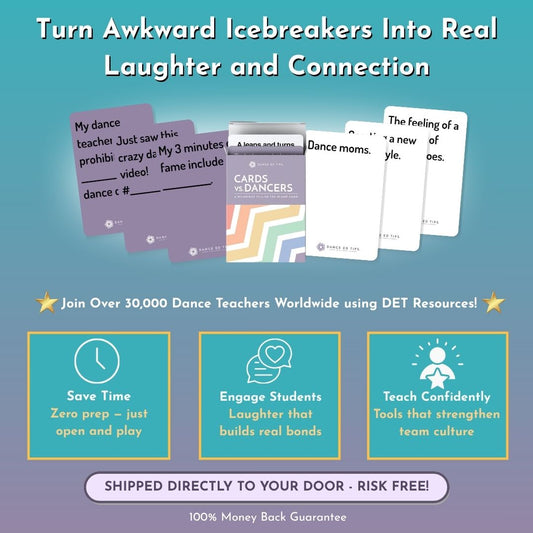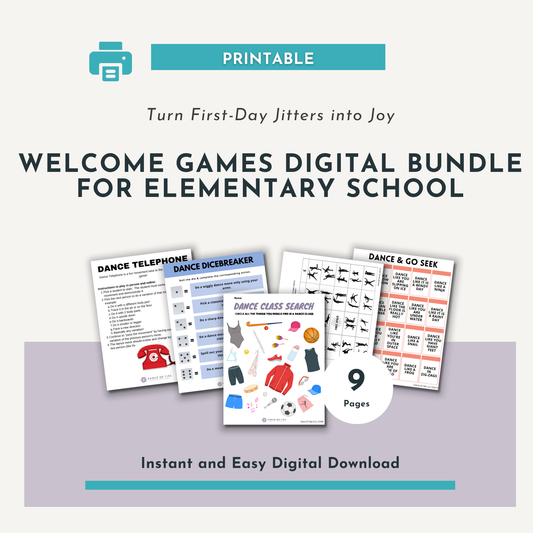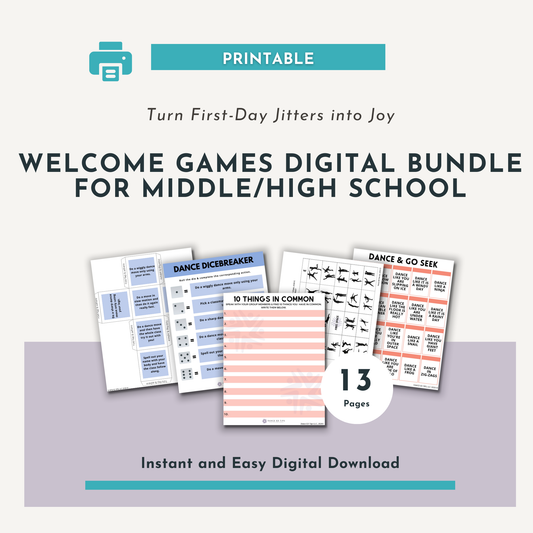By: Madeline Warriner
What is Mindfulness?
Mindfulness is any thinking, moving, breathing activity where metacognition, or thinking about thinking (and feeling) is brought in. It is actively observing and participating in mental and physical processes. We have all experienced dance as a mindful event.
Both the sympathetic (fight or flight) and parasympathetic (rest and digest) nervous systems are activated in a mindful state- asking us be alert and attentive while relaxed and calm. Practicing this on any level trains the brain to be able to face more difficult and more stressful situations with ease.
We have all seen how focused work and creative expression can improve a student’s motivation, perspective and learning. But how does that work? What’s actually happening?

The Science
When engaging in any mindful activity, The Limbic System is stimulated.
The Limbic System dictates our emotions as well as our more animalistic drives (hunger, sleep, etc.). However, it is also deeply involved in learning and memory.
The same structures that trigger our run or rest responses are also responsible for sending and retrieving any information traveling to and from the memory. When we are in a reactive, fight-or-flight state, our ability to store or retrieve memories is inhibited.
As children, we have many neural pathways (neurons connecting to each other via a synapse) in the brain. Through childhood, our brain chooses more commonly used neural pathways again and again, making them stronger and faster, to then be used more, and then faster and so on. This is myelination.

Simultaneously, our brain is synaptic pruning, where synapses in unused neural pathways die off. This happens during adolescence and finishes in our early 20s. These two processes allow more efficient energy use while thinking.
Consequently, if we train the brain to use mostly pathways that signal stress, avoidance, and fear, the brain will continue to choose these because they’re the most efficient to and from stored information. Then as we get older, these become the only choices.
We have a window of opportunity to train students to react and respond to emotions and learning with compassion and responsibility. With the tool of mindful attention, students can reflect on and participate in their own growth.
**All hope is not lost as adults. The brain is very malleable, so we can still create new pathways in our brains away from old traumas and bad habits. It just takes a little more time and practice.
Suggestions for Mindful Learning
The best way to enter and maintain a mindful state of learning is to consistently redirect focus and attention back to the present moment. While it might feel redundant, consistent and simple cues can act as anchors to snap students back to a present, feeling state.
Ask students to observe, notice, assess, and move on
-Observe themselves/others moving
-Notice physical/ emotional feelings/states
-Assess honestly what is causing/enhancing/hindering/etc. These states/actions
-Move on. No judgement. No value. Keep moving.
Remind students of sensory information. Cue attention to muscles, energy lines, skeletal structures, etc.
-Remind students to come back to the feeling of breath in movement and stillness.
-Remind students to be kind when they get distracted. Instead of anger or frustration for the wandering mind, remind them to just let it go and come back into the work. It’s normal and human to get distracted, but jump back in.

Suggestions for Opening and Closing Circles
Opening and closing circles are restorative practices that build social emotional learning. You can ask students to respond openly to a prompt, share one word, or have them reflect privately.
- Use breath in some capacity each time. Have students take deep breaths facing inward to the circle, placing hands on their head, chest, bellies, etc. Have them inhale and reach their arms up and exhale drop them to sides. Have everyone place their hands on each other’s shoulder blades and breathe deeply into their backs and their peers hands.
- Ask students to recall and reflect on a memory (challenging/proud/difficult/etc.) from a previous class. Have students bring this proud feeling/ lesson learned/ etc. into the present moment. How can they continue to work on/ maintain/ etc. this in an active way?
- Use visualization and positive affirmations. Ask students to think of a goal or dream for the future. What is a characteristic in that dream? How can they incorporate that characteristic into their work this present moment? Use this to have them also visualize dancing choreography confidently and successfully.
- Ask them to make eye contact with everyone in the circle. Tell them to thank each other with their eyes for their effort/ support/ compassion/ energy/ work/ etc.
There are many different ways to incorporate and encourage mindfulness in the dance classroom. Many of us have been using our own techniques for years and years in simple and intuitive ways. The best practices come out of relationships with students, and knowing how to access their calm and ready mind. Get creative, trust your gut, and allow yourself to see what happens!


Madeline Warriner is a movement artist, educator, and advocate residing in Brooklyn. She graduated from Rutgers University with a BFA in Dance and an EdM in Dance Education, where she received university and professional awards. She currently performs with Shantelle Courvoisier Jackson’s insufficientloveconductors and JoAnna Mendl Shaw’s The Equus Projects. She teaches for Dancewave in Brooklyn and Dance Theatre of Harlem’s Dancing Through Barriers program. She also teaches in Bates Dance Festival’s Youth Arts Program and directs a Creative Dance Initiative in Woodstock, Vermont. She teaches Yoga and Pilates to adults and children throughout New York City, and created Harlem Yoga Studio’s Kids Yoga Teacher Training and Curriculum. This experience has allowed her to work with all different ages and abilities, from BFA dance programs to programs for students with Autism. She shares professional development workshops with teachers and administrators about mindfulness and movement and has presented in various education conferences. She loves her bike and her (roommate’s) cat.





